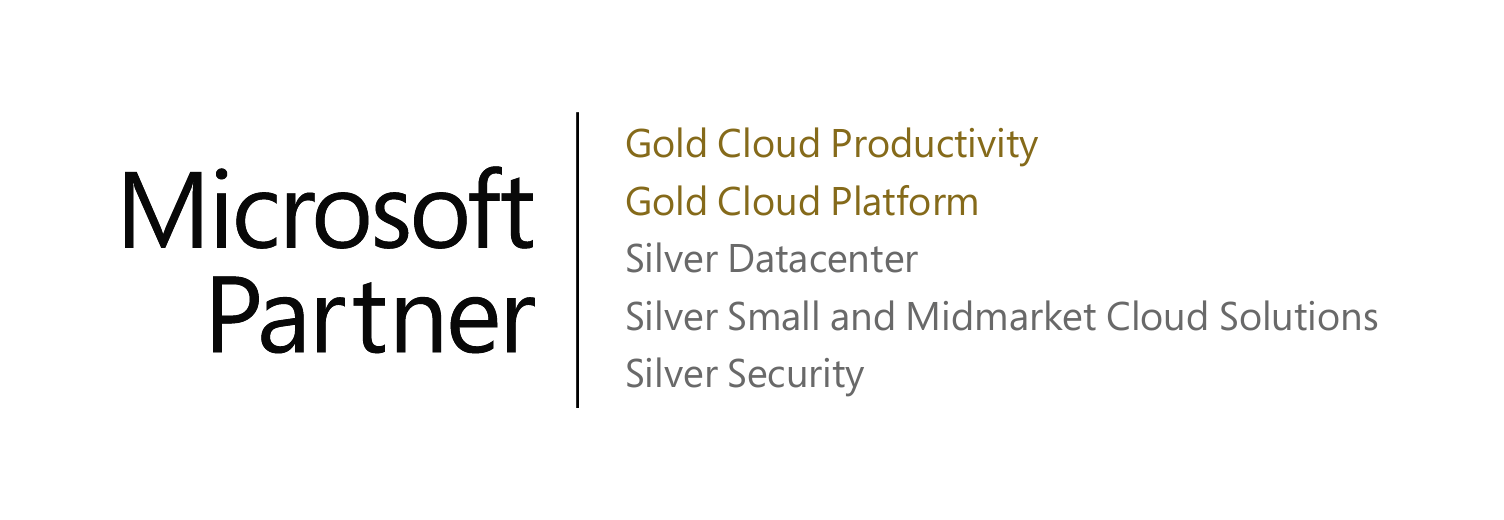One of the biggest trends in IT today is Hyper-Converged technology. As consultants, many clients come to us with questions about Hyper-Converged and its use. Clients want to know: What’s the big deal? And why is it worth moving away from their existing architecture? Let's go over the three biggest factors that we see driving businesses to a Hyper-Converged solution.
Cost
The first and most compelling reason we see moving people into Hyper-Converged technology is the overall cost of ownership. Though it varies from case to case, often a Hyper-Converged solution makes more financial sense compared to a traditional three tier architecture or moving to a public cloud. This is especially true when you consider the cost of employing experts in each aspect of a traditional three tier system. With Hyper-Converged, typically you can have one expert manage the environment.
Scalability
Everyone always wants the best solution for the lowest price. What is great about Hyper-Converged is its ability to scale. A customer doesn't have to buy a 20-node cluster right off the bat if they don't have the budget for it. Instead, they can purchase a 3-node cluster and slowly move their production environment over. As the migration takes time and you begin to max out your cluster, you can purchase additional nodes as the budget allows. Most Hyper-Converged solutions allow for a very straight forward "plug and play" process.
Support
When dealing with IT there are bound to be failures at one point or another. It is times like these where good, quick, support is critical to get your company back up and running. With a Hyper-Converged solution, being able to make a support call to your one hyperconverged vendor drastically improves the troubleshooting process and inherently gets your company up and running quicker. This also avoids finger pointing from multiple vendors who would typically handle your storage, compute, and switching.
In other words, when doing your homework on revamping or expanding your current infrastructure, keep a hyperconverged solution in mind!




